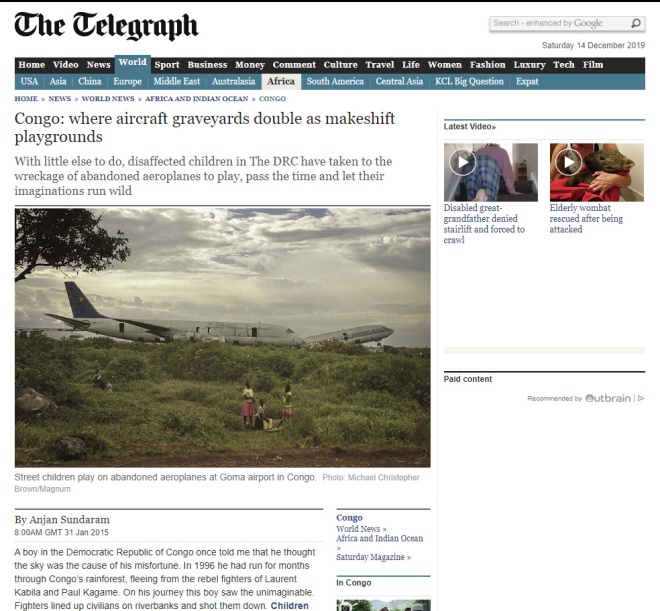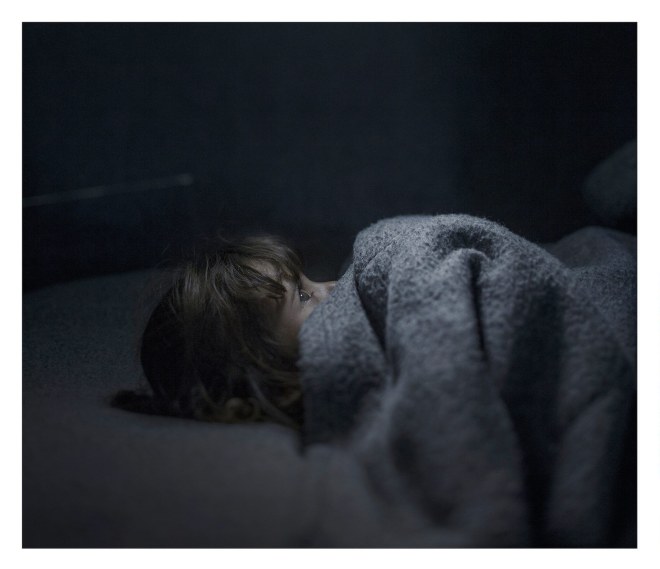Victims of ISIS brutality much of the world has forgotten.
The New York Times Magazine recently published a searing editorial and photo essay piece on children from Middle Eastern countries (many of them Kurdish and Yazidi) caught in the cross-fire of conflict and “ethnic cleansing.” The article asks, “How Does the Human Soul Survive Atrocity?” Furthermore, “After the horror of ISIS captivity, tens of thousands of Iraqis—many of them children—are caught up in a mental-health crisis unlike any in the world.” Said one young woman about her younger family members, “Maybe I’ll be happier if they are all dead, because at least I’ll know they aren’t being tortured.”
Portrayed are the following children:
- Kristina, 12. Enslaved by ISIS
- Delivan, 10. Acts out violently
- Sumaya, 21. Has suicidal thoughts
- Enas, 17. Contemplates suicide (her 16-year-old sister put herself to fire)
- Hessen’s four brothers and three brothers have been missing since 2014.
One form of treatment is a new cognitive behavioral therapy technique called narrative exposure therapy (NET). This was created during the Balkan wars in the 1990s to help children there cope with trauma from torture and genocide. Yet, trauma still makes it very difficult for children to feel safe and regain trust.
- Rezan, 11. Kidnapped in 2014 and freed only this year
- Hediya, 9. Spent five years enslaved by ISIS with her sister Kristina
- Hundreds of Yazidi children, some as young as 8, have been raped.
In Iraq, mental health treatment is almost nonexistent. Yet, about one in five Iraqis suffer from some form of mental illness. Among young Iraqis, the rate for PTSD is more than one in two; 60 percent suffer from depression. Some 92 percent of children show learning disabilities. Many children in Iraq have thought about suicide. The article goes on to chronicle atrocities inflicted by ISIS terrorists in the country.
Said Ilyas, who did not know whether her daughters were still alive, “I am sick, and I don’t know what to do.”



